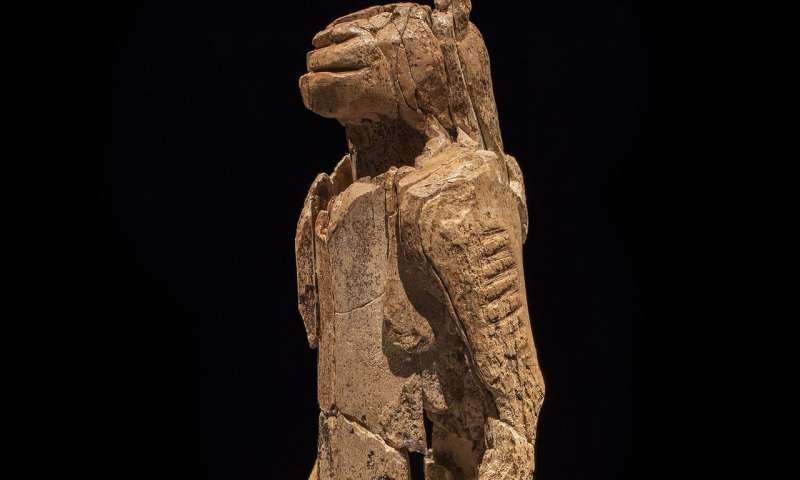40,000-year-old cave paintings reveal the use of complex astronomy.
Ancient paintings previously thought to have been prehistoric animal symbols are ancient star maps, experts have recently revealed.
“Early cave art shows that people had advanced knowledge of the night sky within the last ice age. But, intellectually, they were hardly any different to us today…”
The scientific study has revealed that humans had a sophisticated knowledge of stars and constellations more than 40,000 years ago.

Ancient Star Maps
Scientists have revealed that ancient humans kept track of time by observing how stars change their position in the sky.
As previously thought, the ancient works of art found in many places throughout Europe are not simply representations of wild animals.
Instead, animal symbols represent constellations of stars in the night sky. They represent dates, marking events such as asteroid strikes, explains a new study published by the University of Edinburgh.
Scientists suggest that ancient people perfectly understood the effect caused by the gradual change of the axis of Earth’s rotation.
The discovery of this phenomenon, called precession of the equinoxes, was previously credited to the ancient Greeks.
“Early cave art shows that people had advanced knowledge of the night sky within the last ice age. But, intellectually, they were hardly any different to us today,” explained D.r Martin Sweatman from the University of Edinburgh.
“These findings support a theory of multiple comet impacts over the course of human development and will probably revolutionize how prehistoric populations are seen.”
Experts from Edinburgh and Kent’s universities studied ancient cave art in Turkey, Spain, France, and Germany.
Scientists obtained the age of cave art by chemically dating the paints used by ancient humans.
Sophisticated Knowledge of Constellations
Then, using computer software, scientists predicted the position of the stars when the paints were made. This revealed that what may have looked earlier, like abstract animal depictions, could be interpreted as constellations as they appeared in the distant past.
The scientists concluded that these incredible cave paintings show that ancient humans practiced a sophisticated timekeeping method based on astronomical calculations even though the cave paintings were separated in time through tens of thousands of years, all of this.
“The world’s oldest sculpture, the Lion-Man of Hohlenstein-Stadel Cave, from 38,000 BC, was also found to conform to this ancient time-keeping system,” reveal experts in a statement by the University of Edinburgh.

The mysterious figurine is believed to commemorate a catastrophic asteroid impact that occurred around 11,000 years ago, kick-starting the so-called Younger Dryas Event, a period of sudden climate cooling.
“The date carved into the Vulture Stone is interpreted to be 10,950 BC, to within 250 years,” scientists explained in the study.
“This date is written using precession of the equinoxes, with animal symbols representing star constellations corresponding to the four solstices and equinoxes of this year.”
The study was published in the Athens Journal of History.


